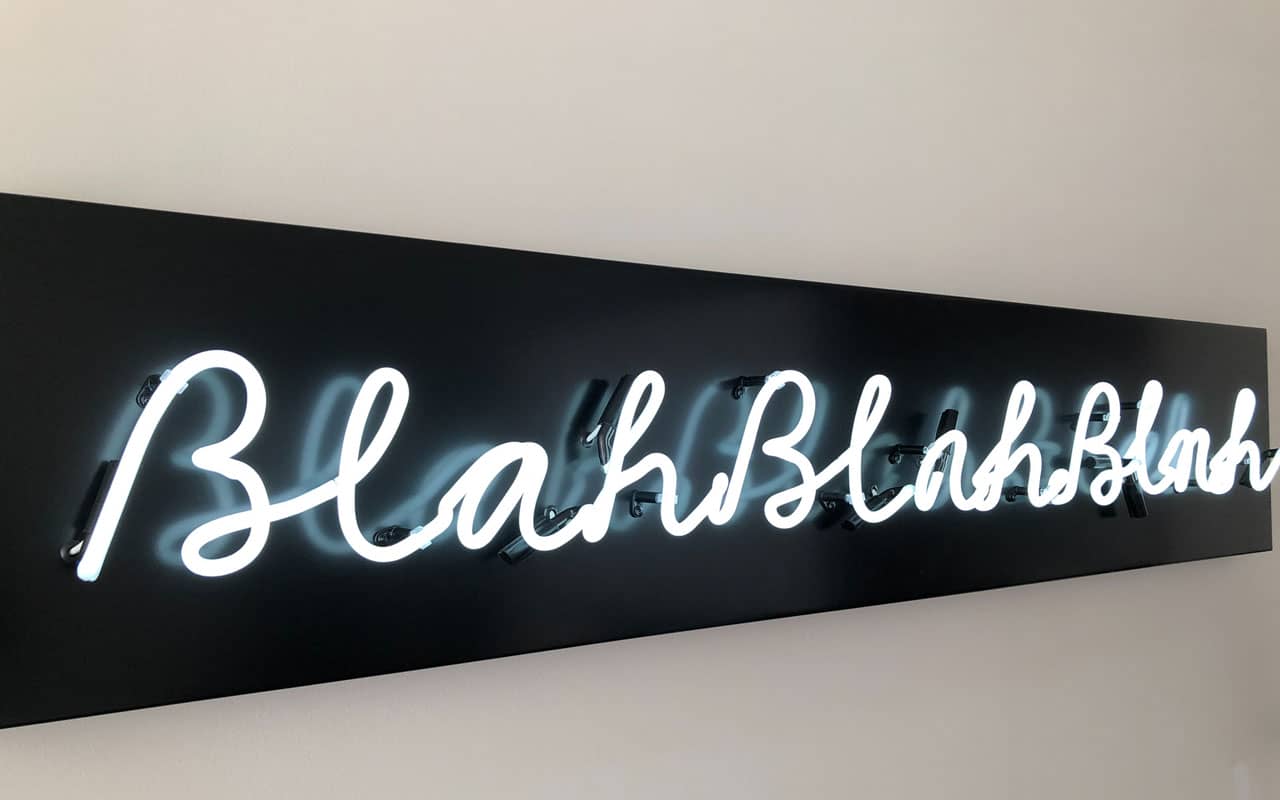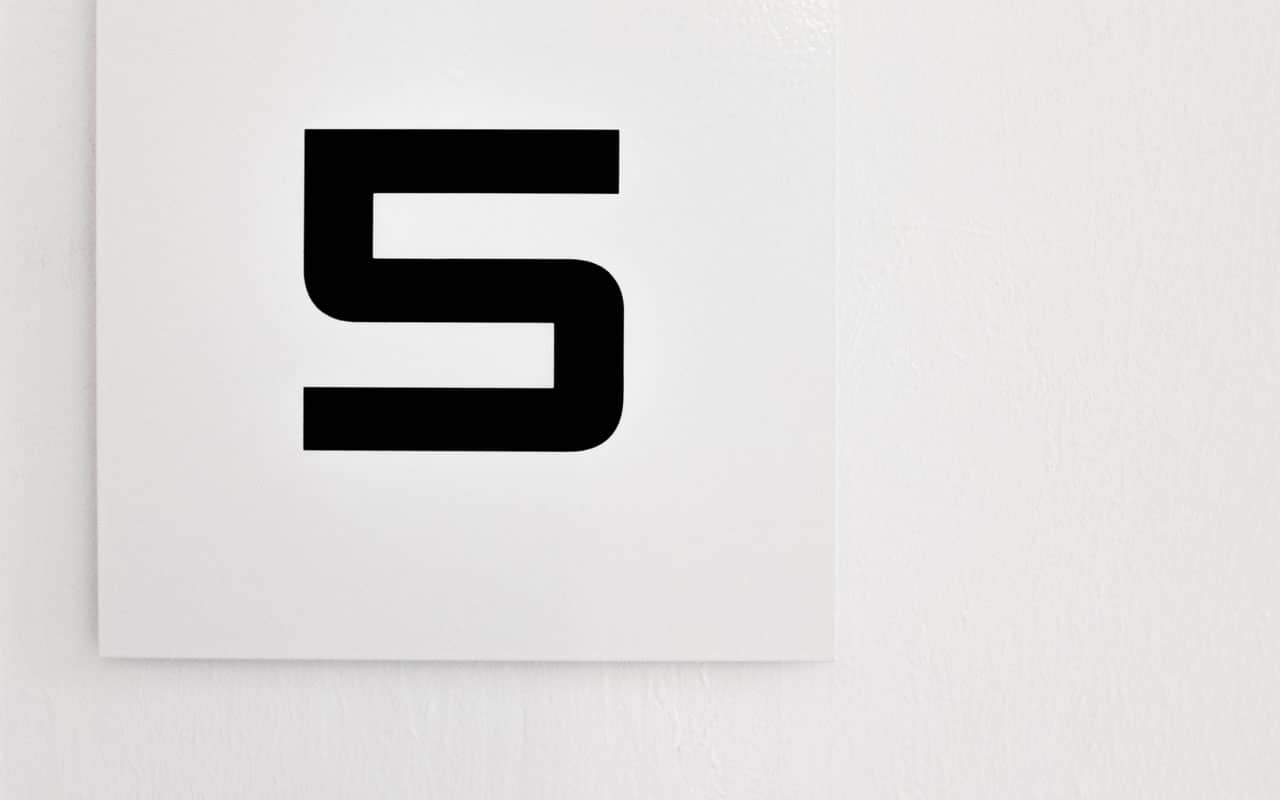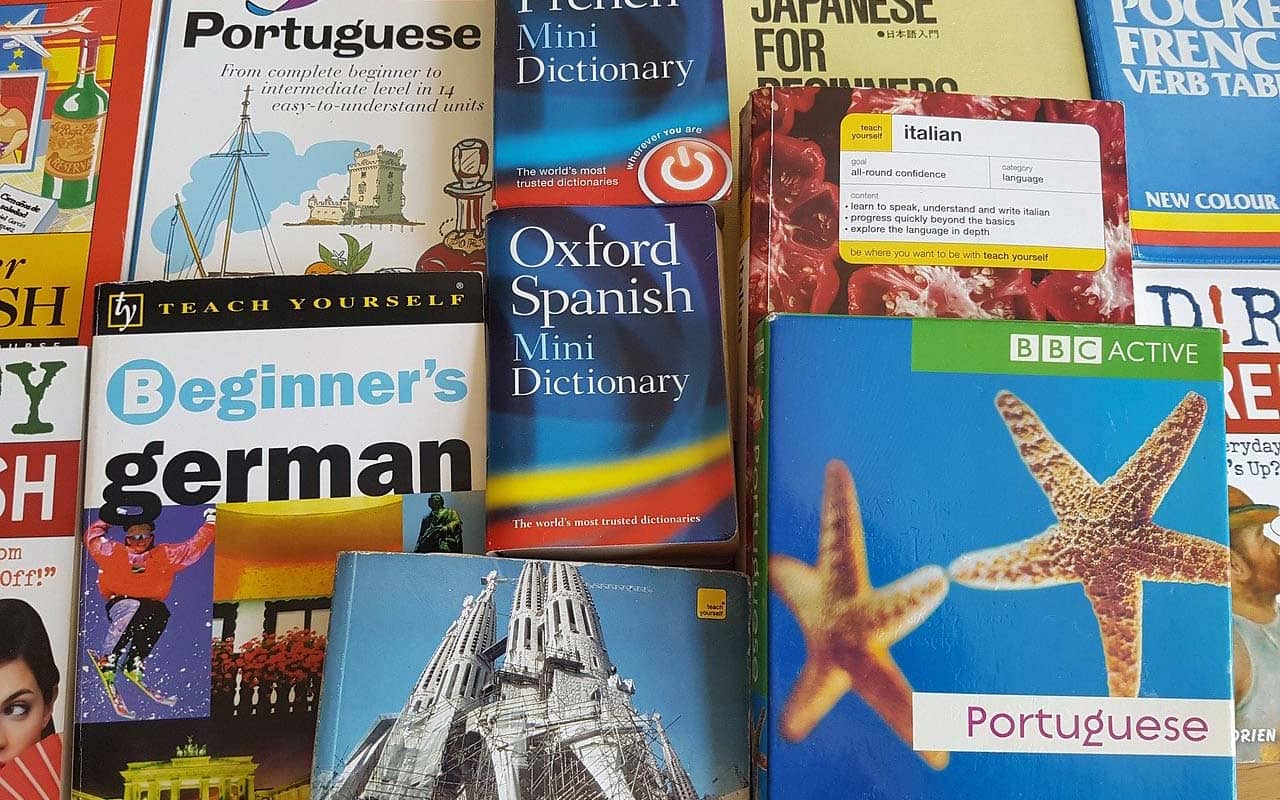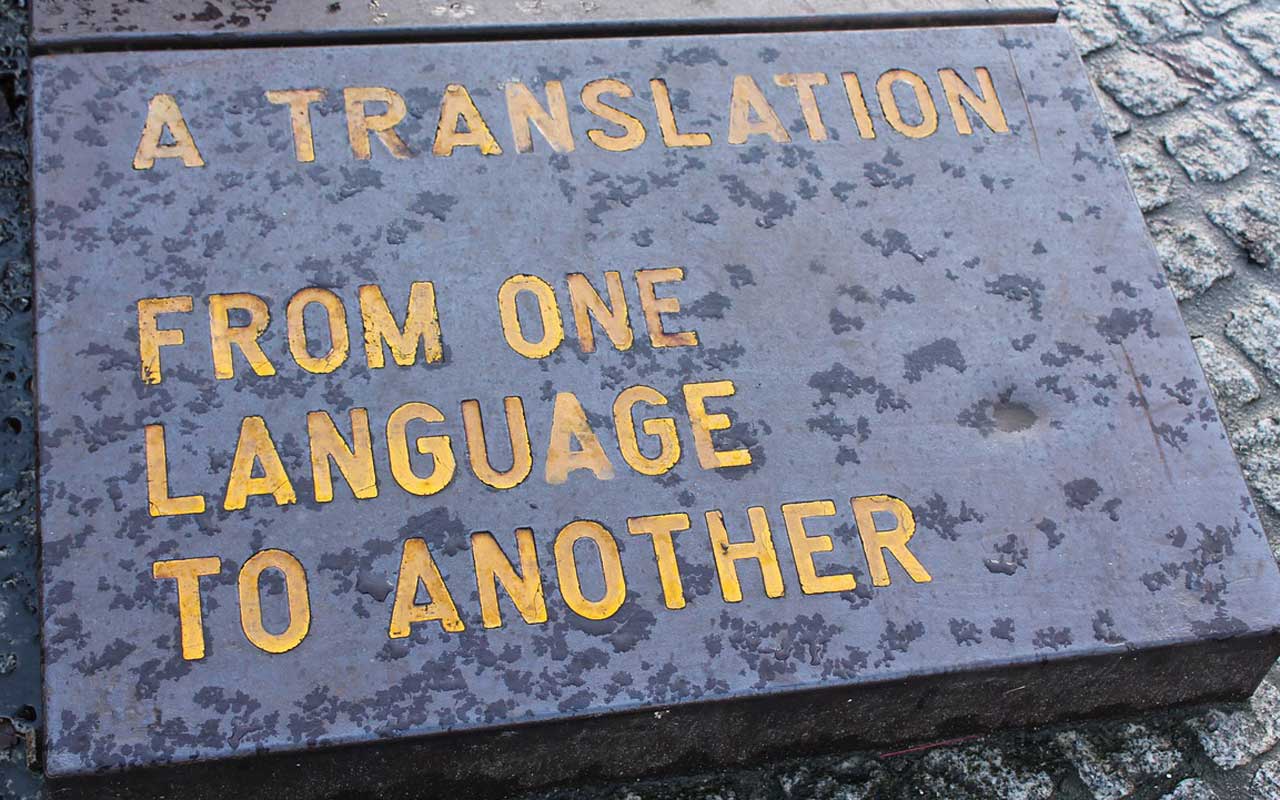Podcast: Download
Subscribe: Apple Podcasts | RSS
 If you want to become conversationally fluent, you might wonder how many words and phrases you need to learn.
If you want to become conversationally fluent, you might wonder how many words and phrases you need to learn.
You probably also want to know how long it’s going to take to tie enough threads of the language together to speak without hesitation.
You also want the certainty that the language will in fact wind up deep down inside you and become part of your being.
On this page, you’ll discover the best way to become fluent in a language — and how to define fluency in the first place.
It’s not exactly what a lot of people think. In fact, when you define “fluency” in the best possible way, you can achieve goals in the languages you want to learn with incredible speed and efficiency.
Why am I saying that becoming fluent is different than you might think?
Well, I used to believe that it wasn’t going to be possible for me to learn a language.
But when I started my PhD at York University in Humanities, not having skills in at least one other language wasn’t an option.
Later, when I taught at the University of Saarland in Germany, not knowing German wasn’t an option either.
Then there was the time I needed to pick up Mandarin in a pinch in order to maximize a career opportunity.
It’s on the basis of these successful experiences that I can tell you that fluency isn’t exactly what many people think it is.
And I’m going to share with you each and every career-making tip and tactic I know on this page.
Here’s what this post will cover:
- What Does It Mean To Be Fluent?
- The 5 Stages of Language Fluency
- How To Become Fluent In A Language Fast: 8 Powerful Tips
- Becoming Conversationally Fluent Is Easy And Fun
What Does It Mean To Be Fluent?
Let’s start our definition by ruling out what fluency isn’t.
Fluency is not:
- Being 100% accurate every time you speak
- Knowing every single word in a language
- Mastering grammar
Think about your own mother tongue.
Do you say things 100% perfectly every time you speak? Of course not. We all stutter sometimes or forget simple words we’ve known our entire lives.
Likewise, any honest person who looks through a dictionary will find hundreds of words they do not know in their mother tongue.
As for grammar, I remember showing off in German to my friend Olly Richards in Berlin several years ago.
When I asked someone I was speaking to if my grammar was correct, the native German speaker shrugged and looked at me as if I was insane for asking such a question.
Here’s the point of this story about asking a native German speaker if my grammar was correct:
Very few native speakers actually know much about their mother tongue. And that means in order to become proficient in a language, you don’t have to either.
The 5 Stages of Language Fluency
As you start learning a language, you’re going to go through phases or stages.
These can be broken down into:
1. Zero knowledge of the language.
You literally don’t know a thing. You might not even know what the language is called in the language you’re learning. (For example, German is called Deutsch.)
2. Basics of the language, like the alphabet.
In different languages, you’ll face different demands depending on the character set and any symbols you need to learn. Obviously, Asian languages have bigger demands than Russian with Cyrillic, or you might lose a few letters when learning a language like Italian.
3. Starting to speak.
In this stage, you will perhaps have a few words and phrases you can use. You may be practicing entirely on your own or with a teacher.
4. Reading, writing, speaking, and listening.
In this stage, you’ll ramp up your efforts by using what is called The Levels Of Processing. You need to combine multiple forms of input and output in order to consolidate what you’re learning.
5. Flying solo.
This is when you are able to hold conversations that flow — or at least accomplish goals. You’ll usually find this incredibly pleasurable, but all that matters is that you can understand and be understood pretty much on demand.
You can start understanding interesting aspects of a language at all of these levels. You really don’t have to wait for the fifth stage to understand innuendo, for example. Even just knowing a bit about how certain letters are sounded can give you access to the psychological experience of the language.
You can also work on your accuracy at each stage. In fact, you’ll want to keep coming back to hone the accuracy of each stage over time.
For example, I’ve been studying Sanskrit for three years, and I still learn new things just about the alphabet.
How To Become Fluent In A Language Fast: 8 Powerful Tips
You came here to understand how to learn a language fluently, so let’s get into 8 things you can do to reach fluency fast.
1. Create a Vision Statement and a Learning Plan
Realize that there are good rules of thumb but no one path that suits everyone. It’s important to accept this simple fact.
Your journey will share some common characteristics with other learners, but ultimately it’s your path to follow.
To ensure you have a path to follow, I suggest you write out a Vision Statement and craft a learning plan.
For example, you can get a journal to document your journey and start on page one with a statement like this:
I will be fluent enough in German in 90 days from now to hold my first conversation about my interests and future plans.
Can you see how powerful this simple statement is? Instead of saying, “I want to learn German,” (or whatever language you’re learning) you now have a clear and crisp goal. It is concrete and specific.
You can also develop a plan based on this goal thanks to its specificity. You know that you need to learn words and phrases around interests and plans. This allows you to create highly targeted learning missions.
To do that, I suggest writing out the exact times of day and locations you will study your language.
For example, you can create a calendar in your journal and set mornings from 9 a.m. to 10 a.m. for learning.
2. Gather the Best Possible Learning Materials Using Limits
A lot of language learners overwhelm themselves with too many study materials. In today’s world, it’s easy to make this mistake — it seems like every minute there’s a new book or course you can take.
Instead, follow the advice my friend Olly Richards gave me years ago. Pick just:
- One language textbook (here are some of the best)
- One language course
- One language teacher
In the beginning, you might not know which are the best for you, so be willing to experiment. Generally, your research will be worth every minute and there are lots of reviews you can read.
Personally, I think Pimsleur audio programs are decent in the beginning for the course you choose. A book should have a nice vocabulary list and sample conversations with full phrases. And a teacher should be responsive to your vision statement and your learning plan.
Simple, right?
It is, just so long as you don’t fall for “shiny new language resource” syndrome and abandon the resources you’ve already invested in. Be a completionist and you’ll be well rewarded.
3. Pick a Memorization Strategy
When you’re just getting started, remembering new words is one of the most difficult challenges. You have to remember sound, meaning, spelling, and in some cases characters or new alphabets.
Mnemonics are your best bet for moving quickly. These include:
To learn each of these in one swift course, please consider completing Memory Palace Mastery:
That’s what Amanda Markham did. Then, in just 10 days, she memorized 200 words in her target language.
You’ll also want to consider combining the Memory Palace technique with self-created flash cards.
For example, these cards have linking associations and are themselves linked to a Memory Palace:
4. Book Sessions With Your Teacher In Advance
As part of planning your personal learning sessions, it’s important to spend time with a native speaker.
There are at least two ways to do this:
- With a paid teacher
- With a tandem partner
Personally, I recommend you get a paid teacher. Sometimes you can find good tandem partners, but they always want at least half the time for their language. Plus, they are rarely trained teachers.
That said, paid teachers are not without their pitfalls. This is why having your vision statement and specific goals laid out for them is a must. Otherwise, they will often take you in directions that will not get you to fluency under any definition.
And the reason to book your sessions in advance is so you have them scheduled. When you have already paid and just need to show up, you’re much more likely to put in the time.
For finding teachers, I recommend Languatalk.
5. Use This Tip With Native Speakers
One of the best things you can do is book many sessions with a native speaker and sit with a magazine. Flip through the pages and simply ask, “What is that?” Repeat this question and record everything.
I share a really fun and easy tool for doing this in this best language learning software article.
When you get home or after you end the session, go through the recording and capture the words and phrases you want to commit to memory. Then use your favorite memory strategy to learn them permanently.
When you next speak with your partner, make sure to repeat the new words you’ve learned. Don’t expect your teachers or speaking partners to always monitor this perfectly. Take charge to make sure that you are in alignment with your vision and goals.
6. Read Stories
I first read Kafka and Brecht in German while in university, in 2001. I quickly learned the power of stories for picking up new vocabulary and phrases.
Of course, Kafka was too complex. But Brecht plays can be watched on video with English subtitles, and this made audio exposure to the language a delight.
You can also buy DVDs that have subtitles in the language you’re learning. Watching Hamlet with the German words on the screen was hugely beneficial for me.
But don’t ignore old fashioned books. I suggest this Teach Yourself collection of stories for multiple languages as a wonderful source of graded reading material.
Beelingua is an interesting app with multiple stories that you should consider as well.
7. Translate Articles Based On Your Interests
My friend Luca Lampariello got me into the idea of translation for language learning — specifically based around topics you’re interested in and want to be able to talk about.
I’ve done this quite a bit, and picking a book of interviews with my favorite German band was a great way to develop speaking powers with the kinds of Germans I hung around with most: musicians.
Again, if you’re clear about your vision, it’s easier to think up missions like these and plan them out.
To get started, try using Google translate to find some keywords. If you’re into classical music, for example, figure out how that is said in the language you’re learning. Then search Google for articles about that topic using the term you discovered.
To translate, I suggest going word for word with a dictionary. Write out your translation by hand, which is known to help memory much more than typing.
Pro tip: I recommend that you don’t spend too long on any translation effort in one sitting. 10-15 minutes will do. Always take note of especially interesting words and phrases so you can memorize them.
8. Reevaluate Your Vision Statement And Craft New Missions
Thanks to the focus you’ve brought to the task of developing your fluency, you’ll have come a long way much faster than most who dabble in language learning.
As you set new vision statements over the years, think about the kinds of missions and goals you can set that will give you a useful boost immediately. This part of the process is important because the further into the future you set the achievements, the more you invite delay and frustration.
Be willing to break things down into smaller achievements. Even if the rewards are much smaller as a result, you’ll get more of them, more often.
And always be realistic about how native speakers actually use the language you’re learning. Think more about the kinds of people you want to speak with and think about working on missions that reflect goals like:
- Improving accuracy in a regional dialect you live in or want to visit.
- Developing more vocabulary inside of a specific interest area (like art, science, or philosophy).
- Develop personal ways to develop your proficiency.
- Consider having your accuracy and proficiency tested by external tests (if relevant to your goals). Use these to craft your missions accordingly.
In sum, we always want to create “Quick Victories” for ourselves.
It’s not really about creating motivation. Rather, it’s about laying the neurochemical basis for learning consistently so we always keep going – almost on autopilot – even when we don’t feel like studying. (Which can and will happen to everyone.)
Finally, add a bit of “Zen” to the process. By this suggestion, I mean let go of the outcome.
A lot of learners chase away success because they cling to unrealistic goals or otherwise make a poorly conceived outcome a must. When you can relax and focus on having fun, learning a language is not only more fun and much easier, it also feels like it’s just happening naturally.
As some people say, no one “learns” languages. They are only acquired. For that to happen, you just have to rig the game so you can. Mnemonics and other visualization strategies related to goal completion aren’t the only tools, but they certainly help.
Becoming Conversationally Fluent Is Easy And Fun
As you can tell, the exact definition of “fluency” is flexible. I suggest you mix things up by crafting your own personal standard and working towards at least one external evaluation.
Whatever you do, please don’t confuse using apps as actual language learning practice.
I haven’t included anything about them in this article because they’re not really how successful language learners operate. At most, they might use Anki or some related SRS program, but I have found in my many years of speaking with polyglots that it’s not the tool.
Instead, it’s the strategic use of the tool in a context that gets you plenty of speaking practice with real humans that matters.
When it comes to making sure you can speak with natives, one of the most powerful tools is the Memory Palace technique. It lets you rapidly pile up your arsenal of words and phrases.
If you’re interested in learning more about how to use it for language learning, register for this free training series now. It will take you through the most effective and efficient way you can learn any language much faster.
In fact, it will help you learn anything new. And all simply by playing a kind of game in your mind as you use a focused set of resources.
It’s also the best tool I know of for rigging the game neurologically in your favor because of how it gives you those “quick victories” practically on demand.
Plus, we have studies that show how powerful these techniques are for experiencing the brain-preserving benefits of bilingualism.
And let me know: Which of these tips helped you the most? What language or languages are you learning at the moment?
Related Posts
- The Most Controversial Language Learning Technique In The World
In this episode of the Magnetic Memory Method Podcast ... controversy about using mnemonics in…
- Best Languages to Learn for Business: Everything You Need to Know
What are the top business languages that will help you in your climb to the…
- How to Learn Spanish in 12 Simple [And Fun] Steps
Looking for tips on how to learn Spanish? This article teaches the best way to…















2 Responses
Great post, Anthony! Pimsleur language-training program was developed decades ago, and it is a great way to train yourself to have proper pronunciation and a small but very useful amount of phrases, sentences and basic vocabulary.
You won’t learn as much as a full-year course perhaps, but what you learn will be in your mind, always. It sticks. I used Pimsleur to learn basic Mandarin a few years ago, in preparation for a trip, and now I’m using it to learn Hebrew. After I finish level 3, I will hire a tutor to converse with me and teach me more!
For anyone who wants to try Pimsleur, I recommend that you have a dedicated time and place to do your training each day.
You must do it aloud, so it is going to be annoying to your family members unless you can find a separate room – or maybe a large closet! If you’re learning a phonologically complex language, it’s going to be much better if you don’t use it in the car or while you’re doing something else. You need to give it 100% attention, for at least 30 minutes.
There’s no shame in this game, and if you do a lesson three times (which I almost always do), you’ll learn and remember almost everything.
If you do all three levels, you will be able to talk in complete, perfect sentences about topics related to travel, dining, family, and a few other things. It’s not a lot, but you will definitely make a good first impression and people will be able to understand you.
They will mistakenly assume you know a lot more than you actually know, based on your initial interaction, but at least you will have the self-confidence to strike up a conversation while traveling, and any brief conversation will go well.
Thanks for adding these pointers, Carol.
You’re so right that verbal repetition is key. This is why the advice to listen to these programs at the gym are such poor advice. Not only do you need to focus on breathing at that moment, but also on the movements so you don’t get distracted and hurt.
It’s definitely hard for some people to find time and quiet where they can repeat aloud, but with thought and organization, it should be possible.
Thanks for stressing the need to pay attention. Mnemonics simply cannot work without focus on the material and elaborating it for enhanced retention.